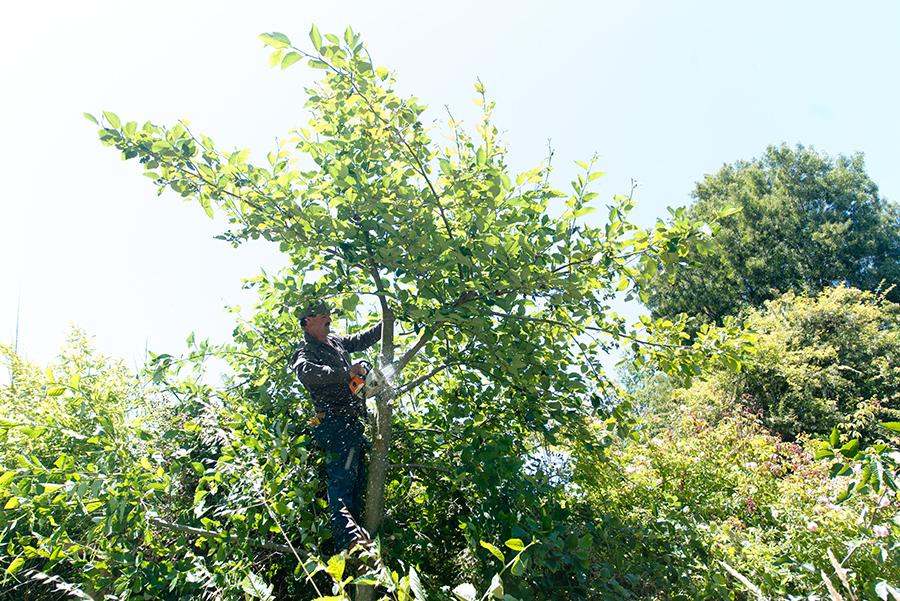The Environmental Action Committee of West Marin is advocating for stricter rules governing vegetation maintenance during bird nesting seasons. In a letter co-signed . . .
EAC pushing for greater bird nesting protections


The Environmental Action Committee of West Marin is advocating for stricter rules governing vegetation maintenance during bird nesting seasons. In a letter co-signed . . .